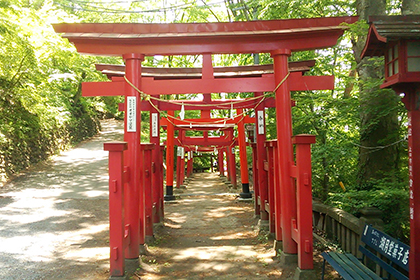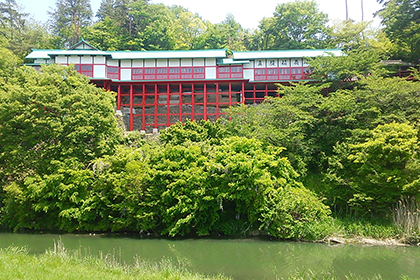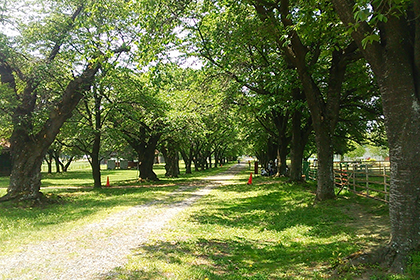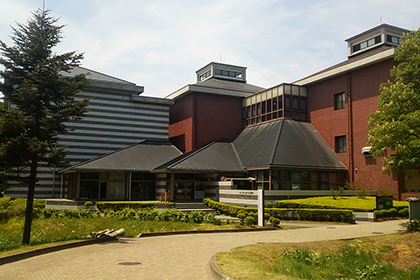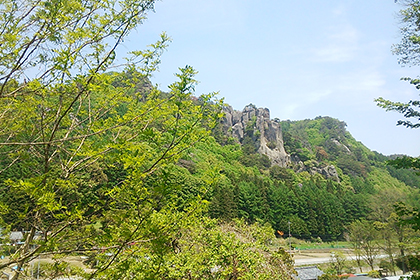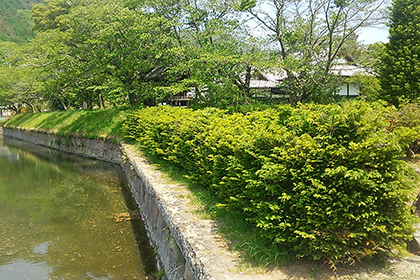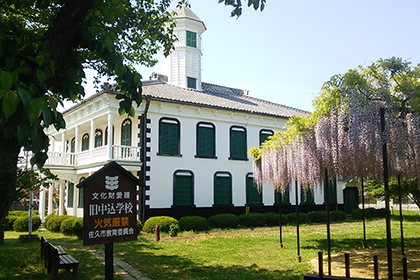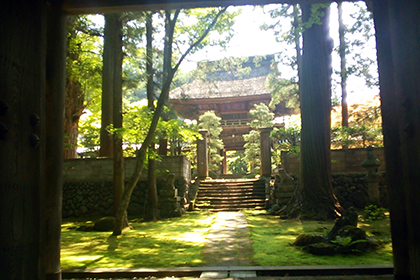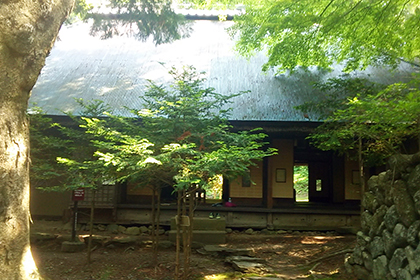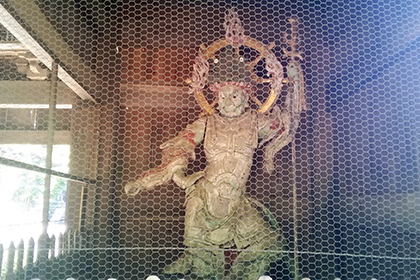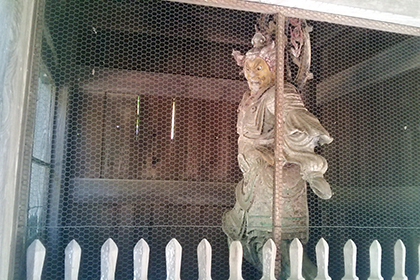

Saku City Sightseeing Course
[A1] Saku City Cosmos Highway, Fresh Highlands Stroll Course 4 Hours
- [Departure] Sakudaira Station
- 10 Min.
- A Hanazura-Inari Shrine 10 Min.
- B Nagano Ranch 20 Min.
- C Saku Municipal Museum of Modern Art 30 Min.
- 15 Min.
- D Cosmos Highway 20 Min.
- E Uchiyama Gorge 10 Min.
- 20 Min.
- F Goryokaku 15 Min.
- 20 Min.
- G Old Nakagomi School
- 20 Min.
- [Arrival] Sakudaira Station
| Standard (four/five seater) |
Jumbo (nine seater) |
|---|---|
| ¥30,000 | ¥42,400 |
AHanazura-Inari Shrine
One of the five “Great Inari” shrines founded with the blessing of Fushimi-Inari in Kyoto in the Eiroku Era over 400 years ago. Located on the west side of the Iwamurata Shopping District, the shrine demonstrates vermillion-lacquered columns above the cliffs of Yukawa. Having gained a faithful following as the deity of trade and silk, the Daruma Market bustles with people during the Hatsuuma Festival in February.BNagano Ranch
Located in the heart of Saku City is the Agriculture and Fisheries Ministry’s Nagano Ranch, which covers 104 hectares. With lines of red pine and silver birch trees that are over 90 years old, this majestic and exotic landscape which looks almost as if a carpet of greenery has been laid out across it has garnered popularity with young women.CSaku Municipal Museum of Modern Art
Located in the red pine forest of Komaba Park, the Museum of Modern Art displays a modern facade with red-brick colors and stripe patterns. The museum covers a wide range of artistic fields including Japanese paintings, Western paintings, woodblock prints, sculptures, arts and crafts, and literature, compiling a stockpile of some 2,000 of the finest works from modern and recent art legends.DCosmos Highway
The Cosmos Highway is a nine kilometer stretch where the highland flower known as cosmos grows abundantly along the Uchiyama Area of National Route 254. The flowers bloom from late August to early October, with mid-September being the peak season to see them.EUchiyama Gorge
Uchiyama Gorge features a stretch of strange rocks and mysterious stones. The gorge has fascinated travelers since long ago, sitting alongside Kyushu’s Yabakei Valley as a one-of-a-kind view. The rocks have been dubbed with a variety of names including “Princess Rock,” “Folding Screen Rock,” and “Napoleon Rock,” and numerous legends and fables remain concerning the rocks.FGoryokaku
Goryokaku was constructed by the Keio third-year leader of the Okutono Clan, Matsudaira Norikata, in the Western-style of castle building with bastions. Along with the one in Hakodate, this Goryokaku is one of two in Japan, making it a valuable treasure, and it has been registered as a historic ruin by the national government. Today, the remnants of some of the moat and stone walls stand as they did when they were built.GOld Nakagomi School
The Nakagomi School was the first school building in Japan built using Western architecture. A balcony was built right above the main entrance and an octagonal clock-tower was constructed in the center of the building. A jumbo taiko drum was hung from the clock-tower, which was rung five times in the morning and evening. The sound of the drum alerted villagers of the time, and it became beloved as the “Jumbo Taiko Tower.”[A2] Saku City Mahoroba-no-Sato Tour Walking Course 3 Hours
- [Departure] Sakudaira Station
- 15 Min.
- A Kazenoka Shiiaru 30 Min.
- 15 Min.
- B The renowned “Teishoji Temple”
- 15 Min.
- C Old Nakagomi School
- 20 Min.
- D Hikarigoke (Luminescent Moss) 10 Min.
- 20 Min.
- E Saku City Children’s Future Museum 30 Min.
- 10 Min.
- [Arrival] Sakudaira Station
| Standard (four/five seater) |
Jumbo (nine seater) |
|---|---|
| ¥22,500 | ¥31,800 |
